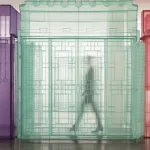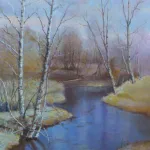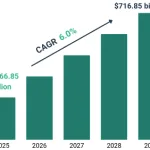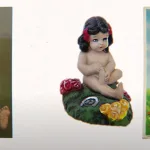Are you collecting contemporary art, or thinking about it? The documentary “The Great Contemporary Art Bubble” offers a wake-up call. It’s not just a movie about prices shooting up and then crashing. It shows how hype, speculation, and little regulation transformed the art market into a risky playground—especially for collectors looking for more than a pretty picture.
What Happened? A Quick Recap
From 2003 to 2008, contemporary art prices skyrocketed—some artists’ works saw values jump over 800%. Auctions made headlines as paintings by Warhol, Rothko, and new stars like Damien Hirst sold for tens of millions. But the boom was not built on art’s aesthetic value alone. Easy money, a wave of new billionaires, and secretive sales made the market fragile. When the global economy turned in 2008, the bubble burst. Auction estimates dropped to a quarter of their boom peak, and many collectors saw their investments lose value overnight12.
How Did This Affect Price Structures?
- Artificial Values: Dealers and collectors sometimes propped up prices by bidding on their own or related works, creating an illusion of high demand. These prices didn’t always reflect broader market interest.
- Speculative Buying: Many buyers during the boom were not in it for the art but to flip works for fast profit. This led to higher turnover, short-term ownership, and inflated prices34.
- Volatility: High sales volumes and hype predicted a price drop in the long term, especially for artists whose works flooded auctions34.
When the bubble burst, price structures across the market became unpredictable. Some notable pieces kept some value, but many contemporary works lost their premium edge. Not all collectors had the knowledge or connections to avoid huge losses.
What’s Different for Collectors Now?
- Hype vs. Substance: Reliance on high-profile artist names and the promise of rapid appreciation is much riskier now.
- Less Transparency: The art market remains less regulated than stocks or property. Information remains close to dealers, auction houses, and elite collectors—and that’s unlikely to change soon15.
- Greater Skepticism: Many collectors are now more cautious, examining long-term value beyond the trends.
Recommendations for Today’s Collectors
1. Buy With Your Eyes—and Heart, Not Only Your Wallet
Don’t just chase trends or the latest headline-maker. Focus on art with lasting value—work that means something to you, or that you genuinely enjoy. Speculation rarely pays off in the long run6.
2. Research Thoroughly
- Look at auction records and dealer history before buying.
- Seek out independent appraisals, not just the gallery’s or seller’s word.
3. Diversify
Don’t put your whole art budget into one type of art, artist, or era. Spreading your risk is just as smart in art as in other investments.
4. Accept Illiquidity
Art is not cash. It can take a long time to sell, and sometimes the value is less than you expect. Don’t buy unless you’re willing to hold a piece for years.
5. Seek Expert Advice
Work with trusted advisors and collect information from several sources. Galleries, auction houses, and even museums can all have biases.
6. Watch for Warning Signs
- Sharp price spikes.
- Lots of flipping of the same artist.
- Concentration of works in a few hands or with insider connections.
- Media frenzy, or record auction prices that seem out of step with most sales6.
Quick Takeaway
Art bubbles are nothing new, but their fallout is real. The best defense is caution, research, and a genuine love for the work—not just dreams of a fast flip or trophy investment.






